On Strickland’s Removal
This weekend, my wife and I took our first trip away together without the kids since 2011. Last week, I decided against covering next week’s big meeting of the Bishop’s conference (USCCB) in person in Baltimore, so I never bothered to ask for press credentials (letting the November 3 deadline pass). So of course, naturally, […]
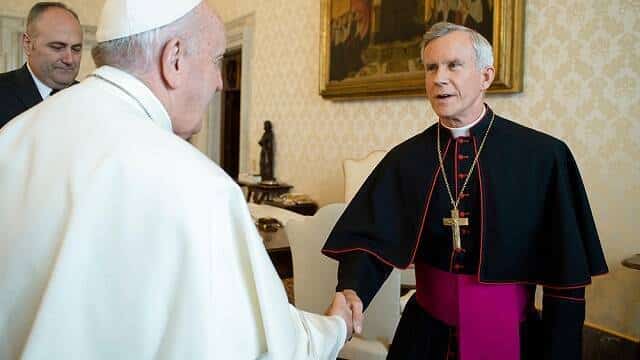
This weekend, my wife and I took our first trip away together without the kids since 2011. Last week, I decided against covering next week’s big meeting of the Bishop’s conference (USCCB) in person in Baltimore, so I never bothered to ask for press credentials (letting the November 3 deadline pass). So of course, naturally, today was the day that the biggest news story broke in the US Church since the McCarrick scandal in 2018. But my wife and I both had some work to get caught up on so we agreed to both use this hour to do that.
This morning, Pope Francis relieved Bishop Joseph Strickland of his position as the bishop of the Diocese of Tyler, Texas. This decision was long anticipated by most people who follow Catholic media, and many observers were surprised that it took this long. The escalating and often shocking statements made by Bishop Strickland (he remains a bishop, although he no longer holds a position of authority in the Church) in the past few years left many wondering why Pope Francis had not taken any formal action against him. I have heard more than a few Catholics, including bishops and priests, ask, “What more does Strickland have to do to get kicked out?” Our coverage, starting in December 2020, of Bishop Strickland’s behavior lays out many of the reasons why removing him was absolutely and totally justified. My June Substack post, “Strickland’s Adventurous Online Legacy” is a compilation of links to articles and screenshots of his most controversial tweets in the months and years prior. A few days later, I wrote an article, “The Making of Bishop Strickland,” which chronicled Strickland’s rise from a relatively unknown bishop from an obscure Texas diocese into a Catholic media sensation and a household name among certain groups of Catholics in the US. He was dubbed “America’s Bishop” by various Catholic reactionary leaders.
Since June, Bishop Strickland’s rhetoric and actions have only become more extreme. Just a few days ago, LifeSiteNews released the full transcript of a speech Strickland delivered in Rome on October 31.[1] In his speech, Strickland read aloud a letter from a “dear friend” that espoused explicitly sedevacantist ideas and alluded to passages in scripture suggesting that Pope Francis is the Antichrist. The letter described Pope Francis was a “usurper” who illegally took the papacy from Pope Benedict XVI, saying, “Would you now allow this one who has pushed aside the true Pope and has attempted to sit on a chair that is not his define what the Church is to be?”
After reading the letter, Strickland said, “Hopefully you’ll agree that that letter from a friend that I just shared reminds us, this part of our walk—for every one of us here, men and women, clergy, laity, all of us—this is a very challenging portion of our Emmaus walk of faith.”
There will be a great deal of analysis from journalists, commentators, friends, and supporters of Bishop Strickland in the coming days and weeks. He has already indicated that he will not plan to go quietly. Is it possible that he will become openly schismatic or even sedevacantist?
Many will try to pin down why he chose this path. How did a friendly bishop from a rural and poor part of Texas become the face of a movement of resistance against a sitting pope? Did he do it on his own? Is he the modern ecclesiastical equivalent of Lonesome Rhoades in the 1957 film A Face in the Crowd? Is he simply an opportunist, like Richard Rich in A Man for All Seasons who betrayed the pope and the Church so that he could rise in prominence?
Or was he merely a pawn of a much larger movement bent on wrecking the Church and creating chaos? Was he, as Tyler priest Fr. Tim Kelly wrote, “manipulated and used by ruthless men, both laity and priests of this diocese, whose goal was to use the diocese and the bishop to push their extremist ideological agenda”?
Perhaps he’s a little of each. We may never know.
One of the perks of being a bishop is that in most cases their food and shelter and basic needs are provided for life. He has the ability to take a break from social media, from public speaking, and from interacting with radicals and sedevacantist “dear friends” to focus on using as much time as he needs to rebuild his relationship with Jesus, his priesthood, the Church, and what it means to be a truly holy Catholic bishop. Hopefully he takes the opportunity to receive counseling and spiritual direction. Let this be our prayer. Let’s pray also for the Catholics of East Texas, as they begin to heal. And let’s pray for Pope Francis as he selects their next bishop, so that Catholics and Tyler will have a good and holy shepherd.
Mike Lewis – Where Peter Is
Note
[1] October 31, in addition to being Halloween, is also Strickland’s birthday and Reformation Day. We could chalk it up to coincidence, but we should also note what Strickland said about coincidence in his speech: “One thing I’ve learned and continue to learn, I think I need to rid my life of the vocabulary, the word, coincidence. We need to see God’s providential hand working in our lives, maybe not with whether we have a cappuccino or just Americano, but when we see significant things, we need to look with the eyes of faith to providence.” We might also recall the old adage that “God has a sense of humor.”
Related
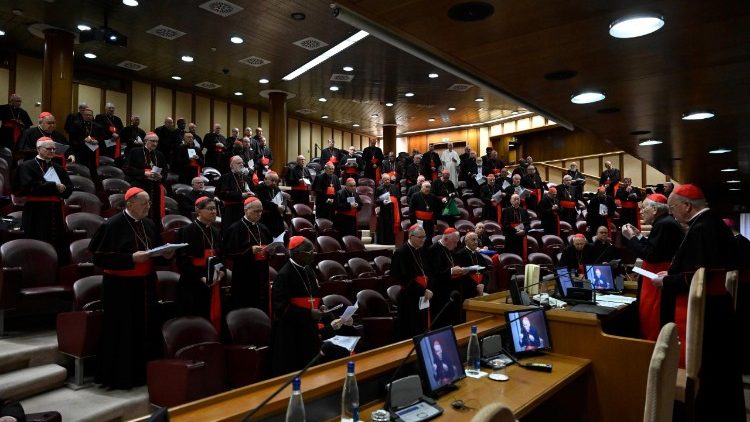
What are the Congregations before the Conclave?
Exaudi Staff
29 April, 2025
3 min
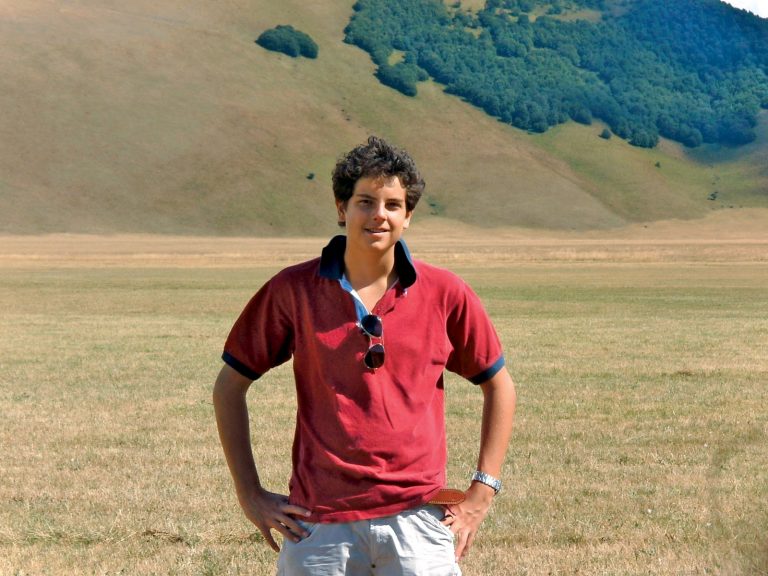
Carlo Acutis: The Cyber-Apostle of the Eucharist Who Inspires Youth
Exaudi Staff
29 April, 2025
4 min
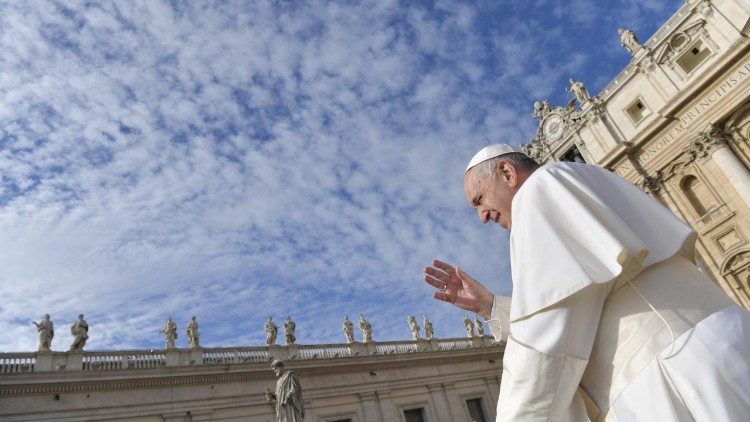
Miserando atque eligendo: The Legacy of Mercy in the Church
Luis Herrera Campo
28 April, 2025
3 min
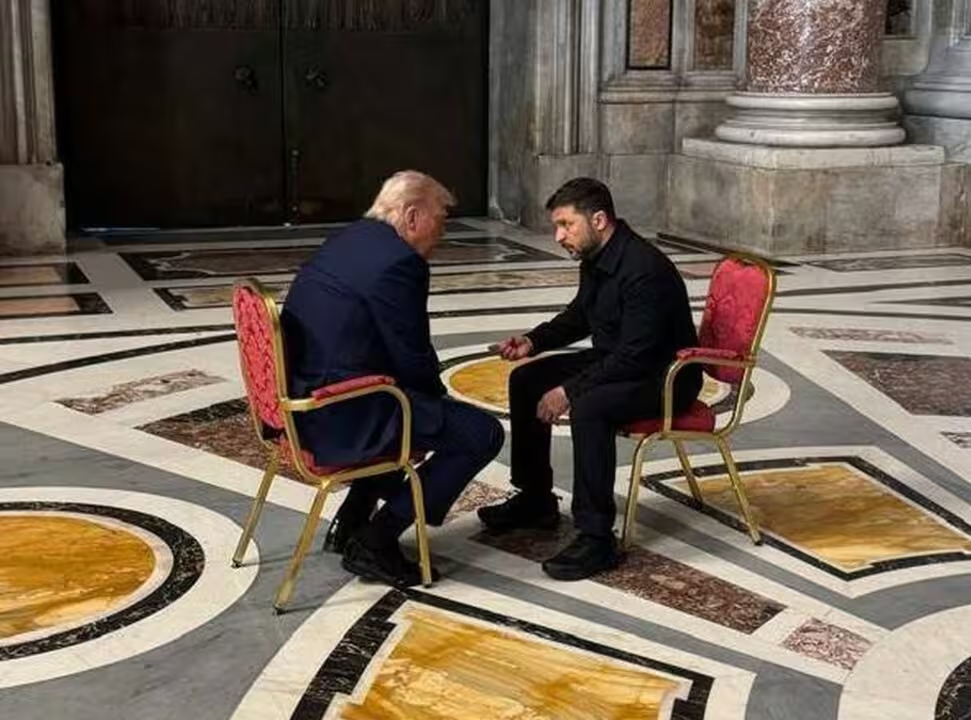
A Meeting of Hope in St. Peter’s Basilica: Trump and Zelensky
Exaudi Staff
27 April, 2025
2 min
 (EN)
(EN)
 (ES)
(ES)
 (IT)
(IT)

